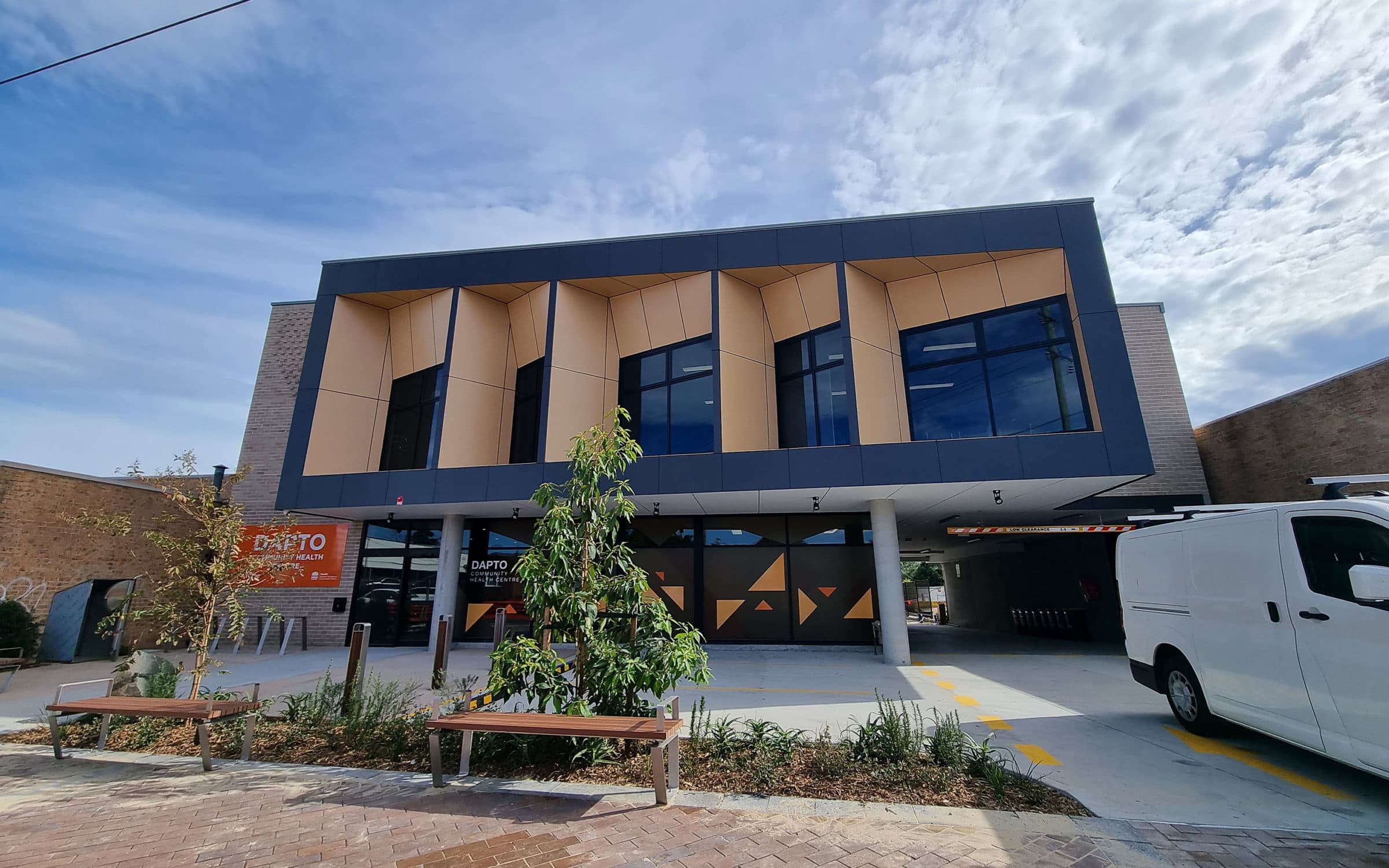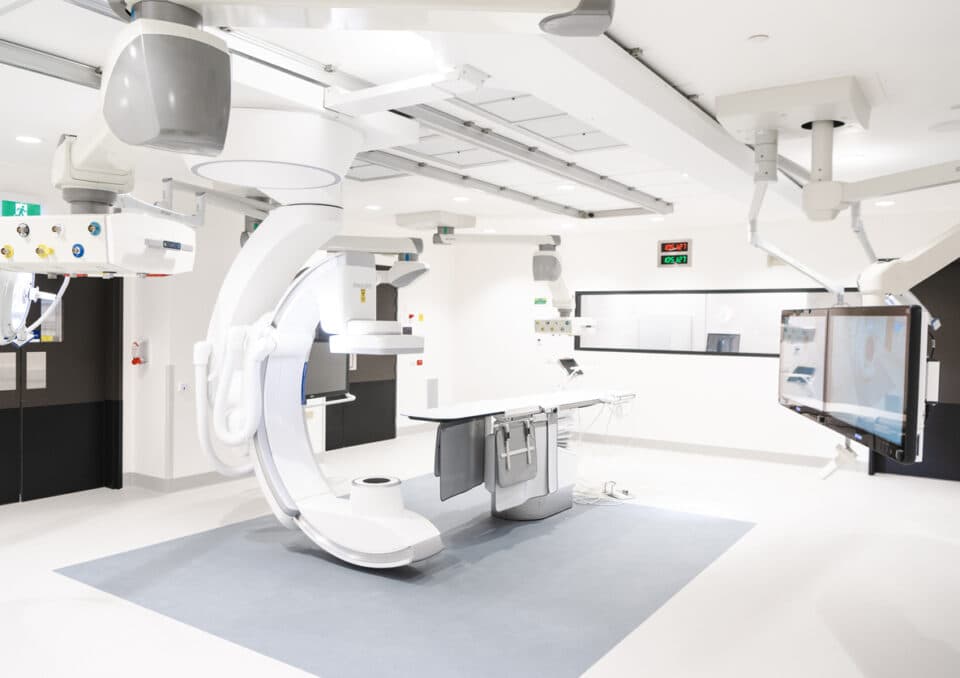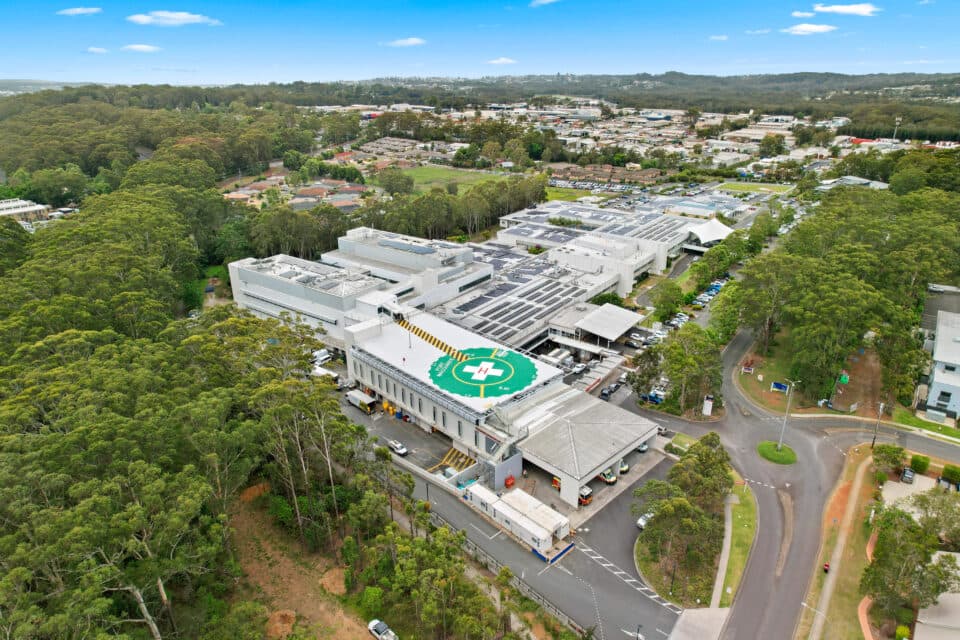Positive Messaging: Designing for Mental Health Care

A brief look at whether interactions between patients, families and carers can inform how we design environments for mental health – understanding the research on ‘Expressed Emotion’ in architecture.
When planning for mental health care environments, architects, designers and health professionals need to take into account a wide range of environmental impacts on the patient and their families. While we acknowledge the need to put the patient at the centre of the care model, we are often tied down by operational and functional demands of safety, security and observation. There are many perspectives on how to navigate between good design and safe design, so we’ve reviewed some current and emerging research to find and share some ideas with our collaborators.
Interpersonal relationships have an impact on the treatment of mental illness, and researchers have developed a trait-based metric known as Expressed Emotion in assessing patient, family and staff behaviours. High levels of expressed emotion are associated with intolerant, intrusive and insensitive behaviour, and are linked to higher risks of relapse and negative health outcomes.
Turning to the built environment, it is possible that buildings might be interpreted as having expressed emotion or intention towards its users. For example, security cameras and locked doors may signal distrust, lack of freedom, and punishment. On the other hand, wide open spaces and flexible furniture may provide a sense of openness, autonomy and choice.
In a paper delivered by Stephanie Liddicoat on Expressed Emotion and the Hospital Environment, four key aspects were identified as impacting healthcare outcomes: lack of or relinquishing control; being ‘bad’ or worthy of punishment; being abnormal; and coldness or lack of identity. These themes relate to hostility communicated by the environment, or the relationship (or lack thereof) between people and the environment.
This research clearly signals the importance of ensuring that every aspect of the built environment should integrate some level of therapeutic benefit, by reducing and eliminating negative associations, and supporting our mental and physical well-being. Our buildings can build us up by being legible, engaging and welcoming. Reflecting on the research, we aim to bring strong and coherent messages to our designs.
The NBRS Wellness team is currently delivering Dapto HeathOne Community Health Centre for Illawarra Shoalhaven Local Health District. The facility will provide counselling, community mental health, allied health, primary care and oral health services. The infill design features a welcoming civic entry plaza, utilising the over-sized angular window boxes to communicate transparency and vibrancy to visitors and the broader community.

Sutherland Hospital Redevelopment
